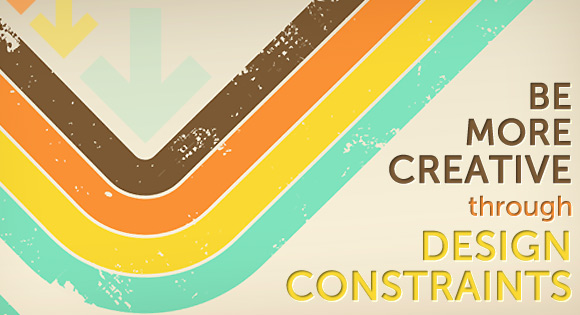The practice of limiting user actions on a system in order to make it easier to use
The right constraints can improve usability by limiting user actions. The concept was introduced by Don Norman, who suggested that the best way to avoid user errors is to prevent them from happening. There are two types of constraint, physical and psychological.
Physical constraints physically limit the user.
For example:
• Paths that allow only linear or curvilinear action, like a scrollbar.
• Axes that enforce rotary motion, like the wheels on a car.
• Barriers that stop or slow down user actions, like “Are you sure?” dialogue boxes.
Psychological constraints use the way that people perceive things to improve the intuitiveness of a design.
They can be:
• Symbols can be icons or sounds used to label, clarify, and warn users, like an error sound effect.
• Conventions are based on learned practises, like the expectation that underlined text in the colour blue will be a link.
• Mappings create a perceived relationship between elements – based on prominence, position, and appearance – to illustrate possible actions, like a label adjacent to a radio button.

